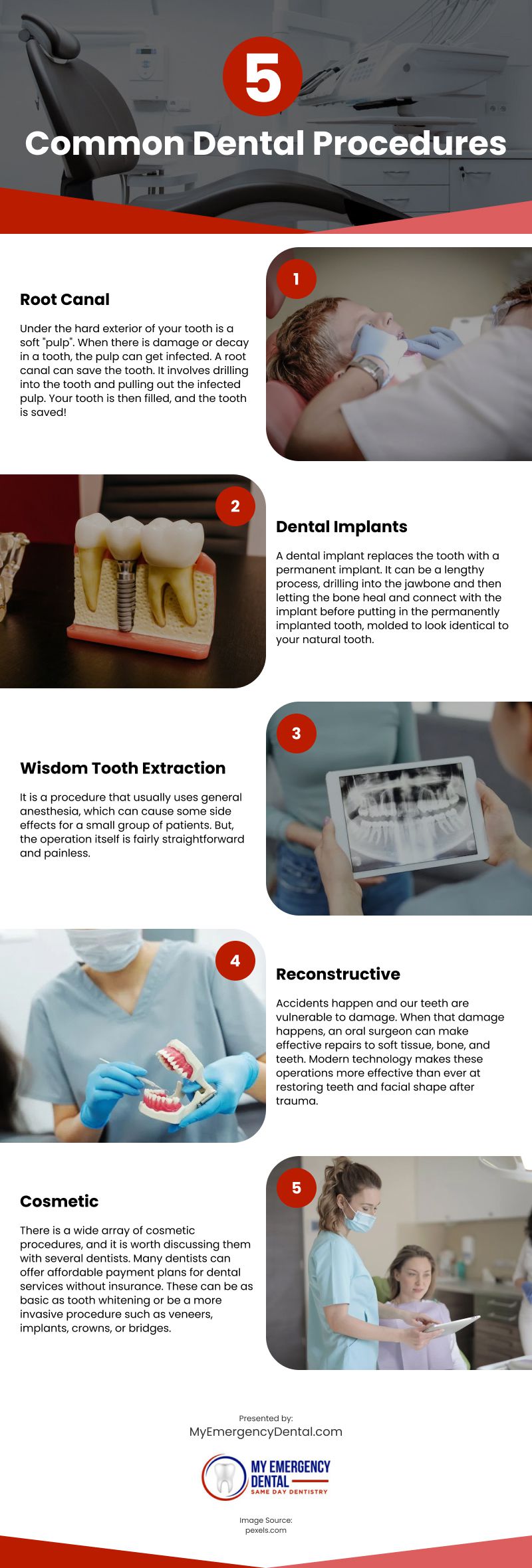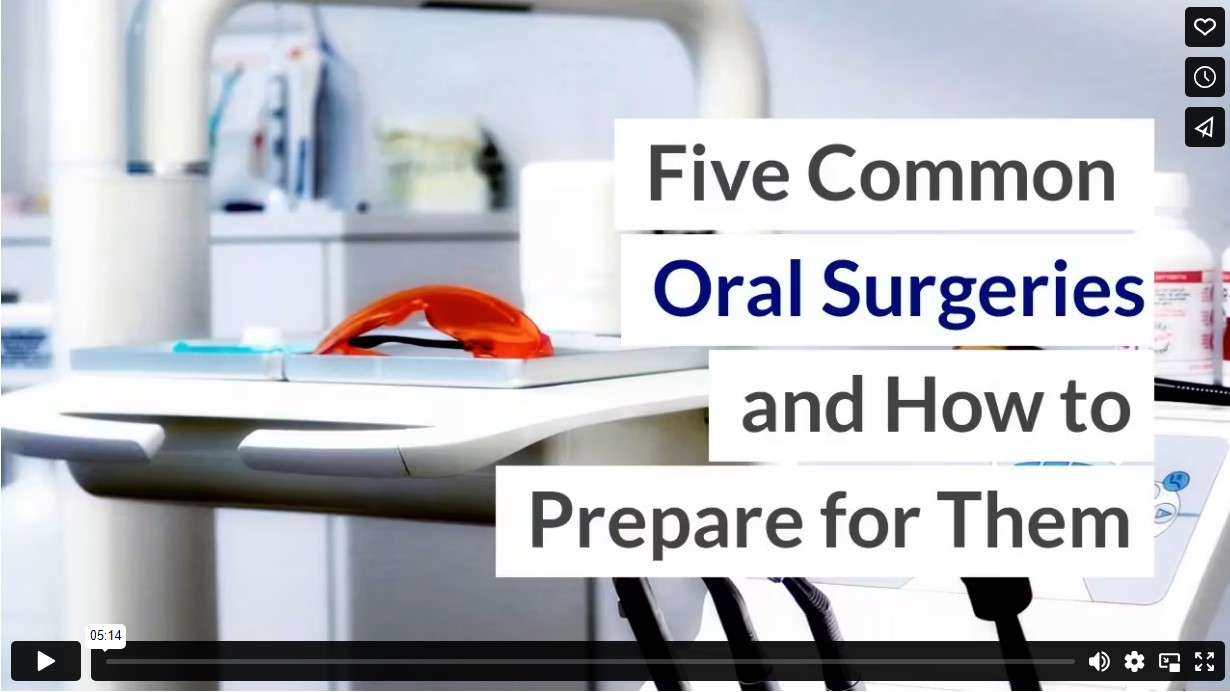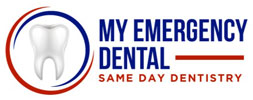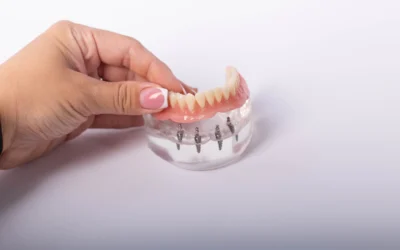- Disney World on the 4th of July
- New York City on the 100th day of a garbage worker strike
- In your shower when the hot water runs out
- In the pool when the lifeguard says that someone’s swim diaper wasn’t working
- In the pool when your child’s swim diaper stops working
These are all places that you might rather be than in that comfy dentist chair, about to get oral surgery.
Still, it happens. And, it isn’t as terrible as you might think. Tools and procedures continue to improve in countless ways, ensuring a pain-free procedure and an easy recovery. It might not be your favorite place to be, but there are a few common reasons why you might find yourself there. Here are five common types of oral surgeries:
1. Root Canal
Let’s start with the most unpopular one, and perhaps the most common. Under the hard exterior of your tooth is a soft “pulp.” When there is damage or decay in a tooth, the pulp can get infected. If left untreated, this infection will cause permanent damage to the tooth, and pulling it might be necessary.
A root canal can save the tooth. It involves drilling into the tooth and pulling out the infected pulp. Your tooth is then filled and the tooth is saved! Root canals might have a bad reputation, but they are generally painless and easy today.
2. Dental Implants
Ideally, it is best to keep the original teeth around for as long as possible. But, sometimes the damage is too severe–either due to decay or an accident. In that case, the tooth might be extracted, leaving a gap. This gap doesn’t only offer a cosmetic challenge, it can also affect the rest of your mouth. Our mouths have a very specific design and a missing tooth can throw off the alignment and even weaken the jaw.
A dental implant replaces the tooth with a permanent implant. It can be a lengthy process, drilling into the jawbone and then letting the bone heal and connect with the implant before putting in the permanently implanted tooth, molded to look identical to your natural tooth.
3. Wisdom Tooth Extraction
Wisdom teeth are molars that take their time breaking through to the surface, usually between the ages of 17-25. While they don’t necessarily bestow wisdom, they can bring some problems. Sometimes, a mouth might have plenty of room for wisdom teeth to grow in. But, sometimes that crowding will cause pain and possible infection. When it is clear that they are going to cause problems, it is wise to remove them. (See what we did there. . . )
Wisdom teeth removal has been around for a long time. But gone are the days of Jacob Marley, when patients wandered around with a bandage wrapped around your head feeling groggy for days. It is a procedure that usually uses general anesthesia, which can cause some side effects for a small group of patients. But, the operation itself is fairly straightforward and painless.
4. Reconstructive
Accidents happen (please consider this our plug to use mouthguards whenever possible!) and our teeth are vulnerable to damage. When that damage happens, an oral surgeon can make effective repairs to soft tissue, bone, and teeth. Modern technology makes these operations more effective than ever at restoring teeth and facial shape after trauma. But, remember, an ounce of prevention is worth hours of oral surgery. Wear those mouthguards!
Sometimes these procedures can be planned and scheduled ahead of time, and sometimes they require a visit to a 24-hour emergency dentist. Either way, the oral surgeon will work hard to make it painless and effective.
5. Cosmetic
While accidents or trauma might necessitate more in-depth procedures, there are some procedures that we might opt for to get closer to the smile we would like. These can be as basic as tooth whitening or be a more invasive procedure such as veneers, implants, crowns, or bridges.
There is a wide array of cosmetic procedures, and it is worth discussing them with several dentists to learn about what they offer and the benefits and drawbacks of each option. Price is a definite consideration, but many dentists can offer affordable payment plans for dental services without insurance.
How to Get Ready
No matter the type of procedure, there are some common ways to prepare. Finding the right fit is the first step. Choosing the right dentist is key. Don’t feel pressured to pick the first dentist you find. You are hiring them, and you deserve to interview them. Read reviews, ask around on social media, and look for those stars.
Once you’ve narrowed it down to a shortlist, set up appointments to meet someone in the office and take a look around. Ask them about their anesthesia options, follow-up care procedures, and any other questions you might have. Pay attention to how you feel in the office. If you are comfortable when you visit, you’ll be more comfortable when you return to the chair.
If dental work makes you uncomfortable or nervous, take time to mentally prepare yourself. Practice mindfulness, relaxation, or visual imagery. These are tools that can help you stay calm and positive before and during the procedure. If you are dealing with a procedure that does not use general sedation, you will be awake and alert throughout the process. So, think about how you’ll stay calm or distract yourself while the surgeons do their work.
While many of us have a long list of places we would rather be than in a dentist’s chair, it isn’t too awful. With good mental preparation and careful post-op care, you might even opt for a turn in the chair over that trip to Disney World next summer.
Or, maybe not.
Infographic
There are many different cosmetic procedures, so it is important to speak with multiple dentists about what they have to offer and the advantages and disadvantages of each choice. Although cost is always a factor, many dentists can provide inexpensive payment plans for dental procedures that are not covered by insurance.

Video




